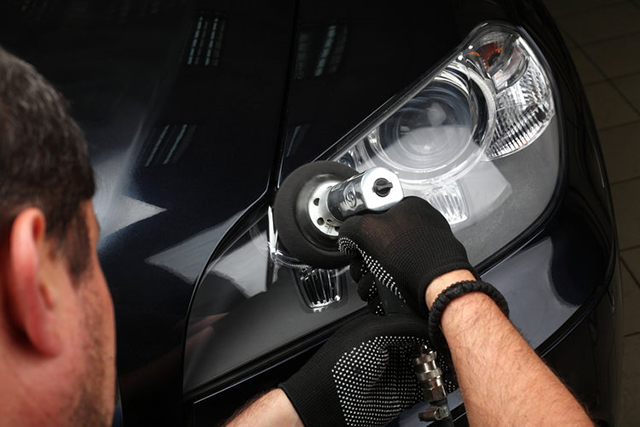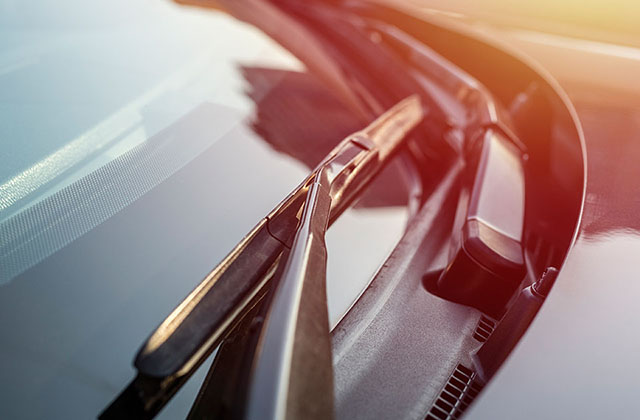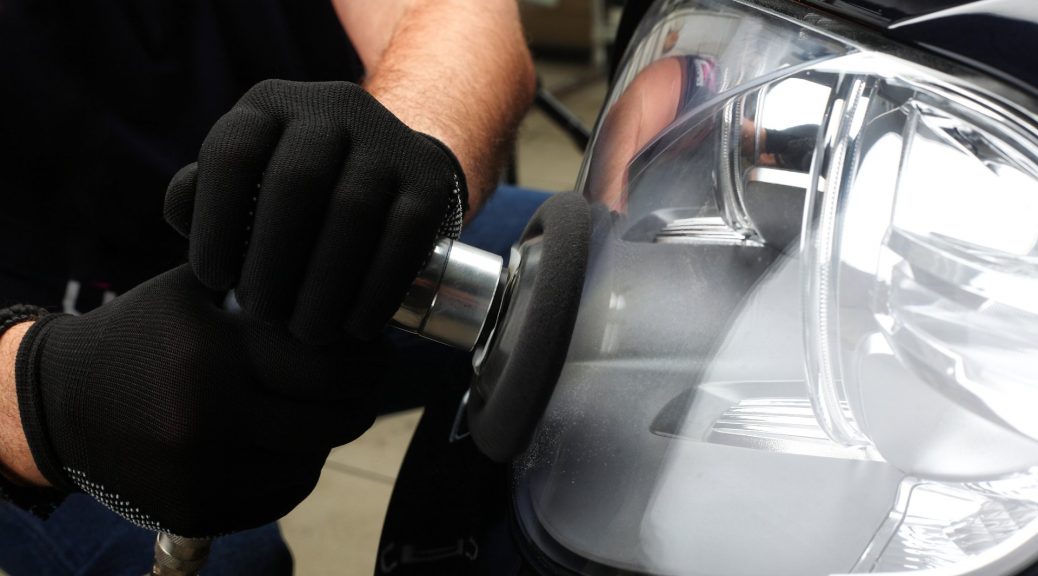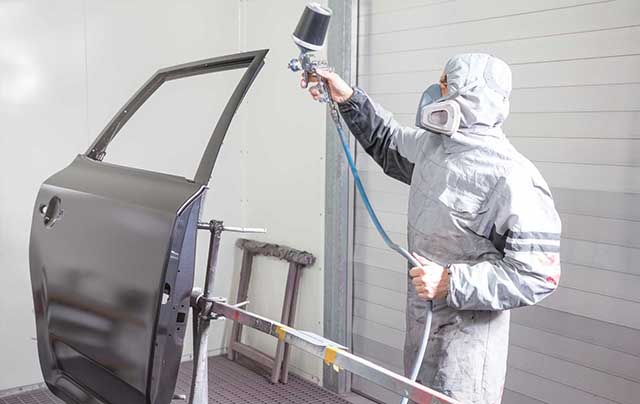I was talking to a customer yesterday when I was asked a question that sent the lights off in my head. She was asking me “when” her car would be finished. Not really an unusual question. However, when I answered her, her response was, “why is it going to take sooooo long?” While I was answering her question, I realized that most people don’t really know what happens when your car gets in an accident. Take a look at the car cleaning equipment in www.zas.com.au, we also have a car detailing products available.

Since, unfortunately, most of us will eventually have to have some sort of “body work” done at some time in our lives, I thought it might be interesting to explain what really happens here!
When a car gets hit, metal bends. Pretty simple, huh? Yup, shopping cart makes contact with your car, pushes a little, and there you have it! A little “dent”, “ding”, “scratch” or whatever you want to call it. It only take a second to accomplish. But, removing it takes hours… and hours. Why? Here’s what happens:
The “dent” has pushed in the metal. To “push it back out” first of all, you have to be able to get to it! This usually requires the dis-assembly of some parts. Once you are able to “get at” the spot from the other side, you have to decide what is the best method of “pushing the metal back the other way”. Without getting too technical, I’ll tell you there are many ways to accomplish this. The idea is to get the job done with the least amount of damage to the metal. Small dents and dings are actually harder to get out than the big ones. Once metal is “moved” in a certain direction, it doesn’t like to come back easily. Sometimes it may require a rubber mallet, sometimes the use of precision body hammers (made in all kinds of styles to make this job easer). Sometimes, the dent can’t be pounded out! In this case, we need to drill a hole in the middle of the dent, insert a “slide hammer” tool and pull the metal back out to where it should be. It all sounds so simple, but, it really requires a lot of experience and a lot of science to do it properly.
Once the “dent” is brought back out to where it matches the rest of the metal, we check to see how much damage was done to the paint around the dent location. All of this pushing and pulling in and out can crack the painted surface which in turn lets the elements into contact with the bare metal of your car. That can cause major damage to your vehicle in the form of corrosion and rust. To avoid any possibility of this happening, we “scuff” the damaged area around the dent and then, prime it with a primer which seals the area and gives a perfect surface for the paint to adhere to. Then the area is sanded and painted with the color to match the rest of the vehicle. After drying, the area is sprayed with a clear coat finish which provides a protective, glossy seal to the paint. After the clear is dried and cured, it is wet sanded, buffed to a beautiful finish and then glazed to a brilliant shine!
So there you have it! Now, the work I just described is what is required just to remove a small “dent” or “ding” in a body panel. You can imagine what is involved when a car is involved in an accident! These guys are engineers. Straightening the frame or uni-body on today’s cars requires talent and is not for the backyard body man or the do-it-yourselfer. The guys who do this type of work are artists. They work long hours and they endure horrible temperatures because they love to fix what others can’t. The next time you take your car to a body shop, remember, the work they do there is complex and requires a lot of skill and many years of on the job training to become the professionals they are. They want to fix your car as quickly as possible, but, they are limited to the steps that are required to do the job properly. Your safety and satisfaction is their priority. Your patience will be rewarded with a car that is as safe and beautiful as the day you drove it out of the showroom.
I hope this gives a little insight into what happens when your car is damaged. Although I have only touched on the basics of auto body repair, I’m sure it will give you a pretty good idea of what kind of work is involved. For this reason, it is important to choose your repair shop carefully. Research the shop and ask for references. A good shop will gladly give you a list of references along with pictures of their completed work. Ask about warranties and guarantees. These are important and will save you lots of money in the long run should you have a problem with the repair. Remember what the cost was for that dent? Don’t want to pay it again, right? A good shop will provide you with, at the very least, a 90 day warranty on the paint.
Here at LDJ Auto Body we guarantee our body work for the life of the vehicle and our standard paint job is factory warranted for at least 1 yr. and you can purchase additional warranty coverage for that “show” paint job too!
That’s all for now. Drive safely!
Finding a body shop that does great work and has your car ready on time can sometimes be a chore. But not at LDJ Auto Body. Our loyal customers will tell you they won’t take their cars anywhere else for their auto body and automotive paint needs. That’s why we are the Number #1 shop in Riverview, Brandon, Apollo Beach, and the surrounding Tampa Bay areas!
Article Source: http://EzineArticles.com/expert/Denise_Blackman/1727960
Article Source: http://EzineArticles.com/8072317


